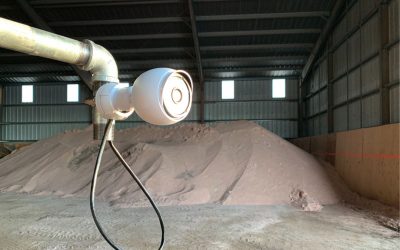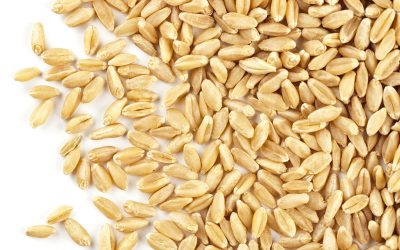Toxic wheat threathens Afghanistan
Over 270 people have been diagnosed with a hepatic veno-occlusive disease (VOD), locally known as “camel belly” or ‘charmak’ disease, in the western province of Heart, Afghanistan. At least 44 deaths have been confirmed — since November 2007, according to provincial health officials.
VOD causes rapidly filling ascites (an accumulation of
fluid in the peritoneal cavity), severe abdominal pain, vomiting, and jaundice.
Laboratory tests at the National Institute for Public Health in the
Netherlands in May [2008] confirmed the disease is caused by exposure to
pyrrolizidine alkaloids found in ‘charmak,’ a poisonous weed believed to be
growing mostly alongside cereals in Gulran District of Herat Province, and which
often finds its way into locally produced wheat flour.
Animal husbandry
and agriculture are the 2 main sources of income for people in Gulran District.
Local people, however, say they now need emergency food aid because `charmak’
has badly affected their grain harvest and livestock. ‘Charmak’ disease was
first reported in Gulran District in November 2007, and the Health Ministry said
“no new outbreak” had occurred since May 2008, largely owing to increased public
awareness.











